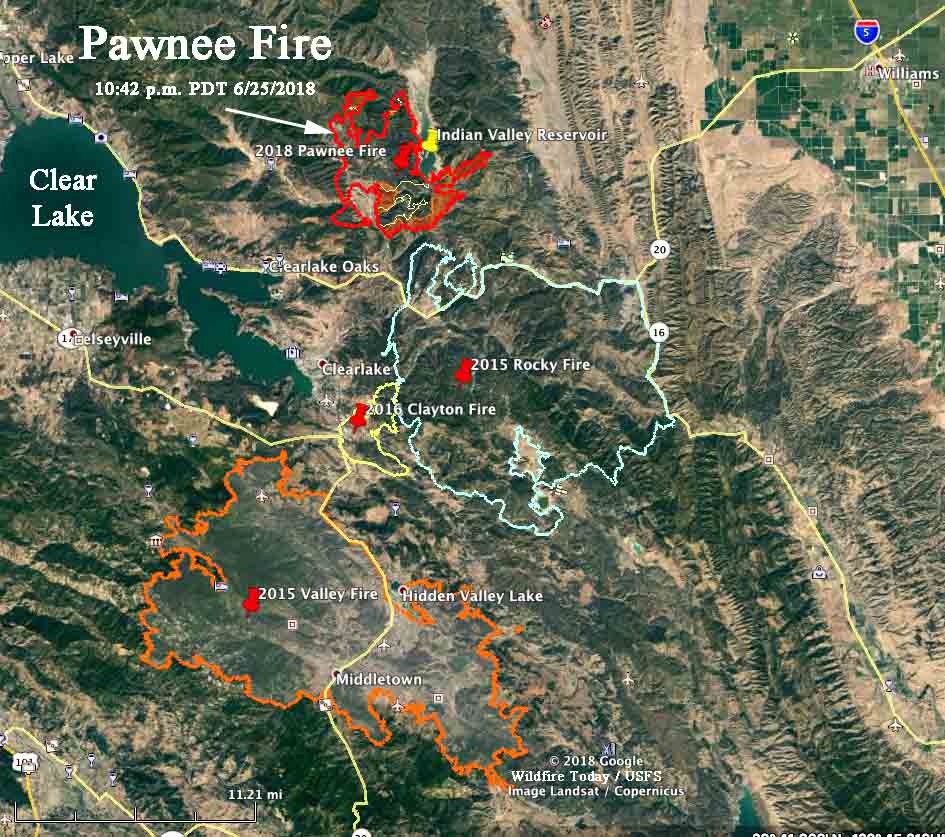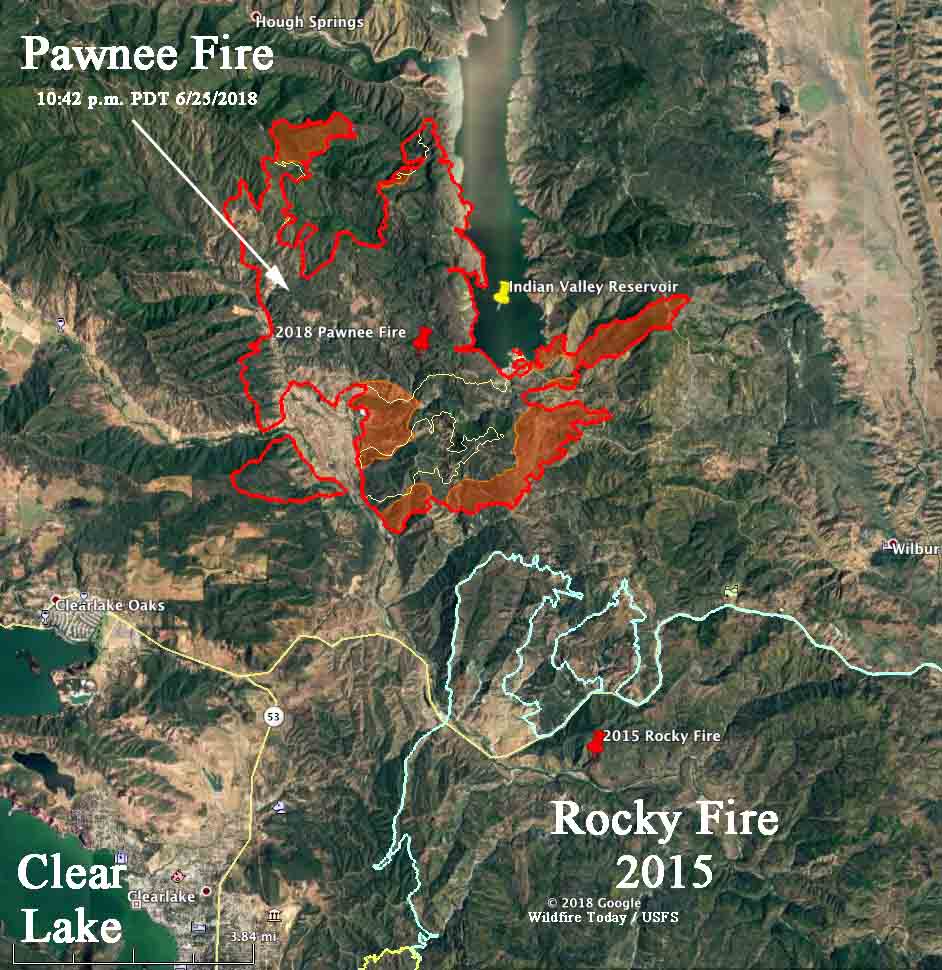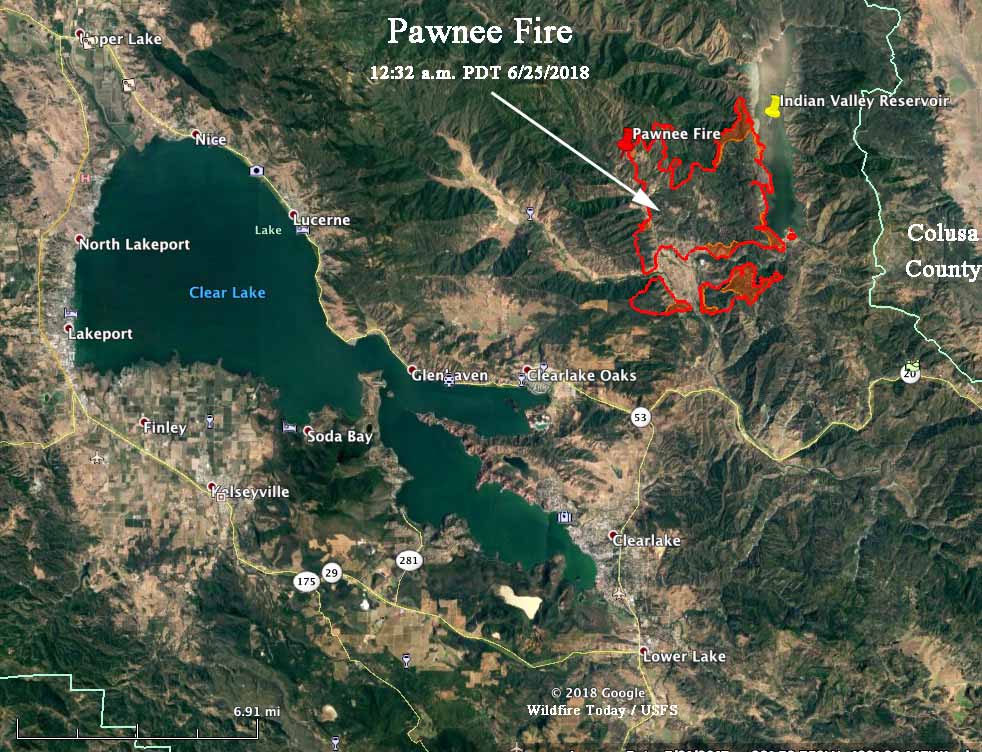A wildfire mitigation group contracted by the state of Florida is responsible for a weekend prescribed burn that got out of control and destroyed dozens of homes and several boats, officials confirmed Wednesday.
Florida Commissioner of Agriculture Adam H. Putnam on Wednesday announced that a burn conducted by Wildland Fire Services Inc. on behalf of the Florida Fish and Wildlife Conservation Commission caused the Sunday wildfire in Eastpoint, Florida over the weekend.
Fanned by high winds, the fire burned more than 800 acres and destroyed 36 homes in the small coastal community on the Florida panhandle.
To help the residents of Eastpoint, Fl that lost their homes in last night's wild fire, please click on the link below from the Tallahassee Democrat. Also locally in the St. Teresa and Lanark area, St. James Bay Golf Course is collecting donations. https://t.co/DVMVgXsQff pic.twitter.com/jYihfidAQl
— FSUCoastal&MarineLab (@FSUMarineLab) June 25, 2018
Drone footage of the aftermath is available here.
“My heart goes out to those affected by this devastating wildfire, and I thank all of our partners in the response effort to stop the spread of the fire,” Putnam said in a statement Wednesday.
The Florida Forest Service led response efforts to contain and control the wildfire with assistance from the Franklin County Sheriff’s Office, Florida Fish and Wildlife Conservation Commission, the Department of Environmental Protection, the Eastpoint Volunteer Fire Department, and other local fire departments.
"I lost everything — even my animals": State of #Florida says a controlled burn sparked the fire that destroyed 36 homes. https://t.co/JC2BG4kajh pic.twitter.com/zM3LgMmBkj
— AP South U.S. Region (@APSouthRegion) June 27, 2018
The fire burned through the heavily wooded residential area Sunday near the edge of Tate’s Hell State Forest. No one was killed in the blaze itself, though one man who was trying to help during the evacuation suffered an apparent heart attack and died.
For obvious reasons, the news on Wednesday did not sit will with Franklin County residents. Reporters spoke with several in the area.
From the Tallahassee Democrat newspaper:
“I am so furious right now,” said April Dalton, who lives in the neighborhood hit by the wildfire. “There was a loss of life and damage because someone dropped the ball. Children and families are homeless now because someone did not do their job.”
Dalton said she and her husband escaped the blaze after rescuing their dogs, turning their chickens loose and wetting their house down with a hose. Her husband had to be treated for low oxygen and heat illness later.
John Matthew Polous, a shrimper and oysterman, lost 14 boats, his home and pickup trucks, the Associated Press reported.
“They finally admitted to what done it, now let’s see what they are going to do,” Polous, 51, said while walking through the burned remains of his home. “Why was they even burning this time of year back here? That don’t make sense, but they was and there’s nothing nobody can do about it.”
The Florida Forest Service was among those who joined in sharing an online fundraiser aimed at assisting those affected by the fire. More than $67,000 had been contributed by Thursday morning. The state is also planning on offering immediate financial assistance.
Join us in supporting the community of Franklin County. #EastpointFire @FFS_Leon https://t.co/EmHTWkHhma
— FL Forest Service (@FLForestService) June 25, 2018









